From tiny kittens to playful puppies, the animal kingdom is full of cute creatures. These adorable animals bring joy to people worldwide. Their charming looks and playful antics make them irresistible.
List of All cute animals
Red Panda

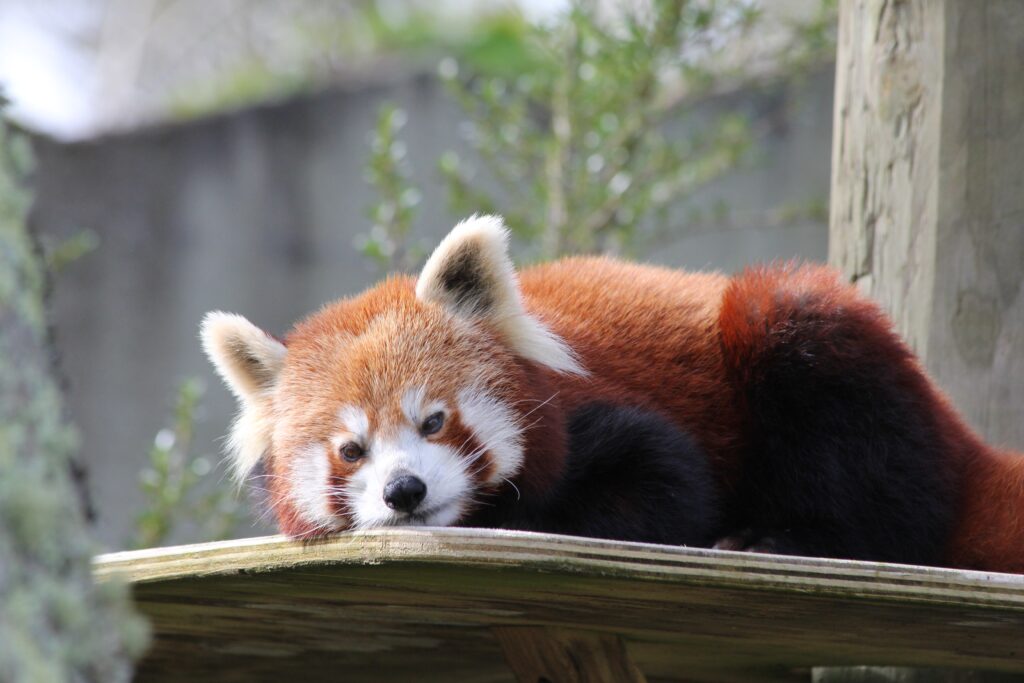
The red panda (Ailurus fulgens) is a small species found in the eastern Himalayas and southwestern China. Also known as the lesser panda, it is distinct from the giant panda.
Cute Animals Red Panda Habitat and Diet
Red pandas live in mountain forests in the Himalayas and nearby parts of eastern Asia. Red pandas eat bamboo just like giant pandas do. But they also munch on other plants, fruit, and bugs. Unlike giant pandas red pandas have more in common with raccoons.
Red Panda Conservation Status
Sadly red pandas are in danger. There are less than 10,000 of them left in the wild.
People are trying to save them by keeping their homes safe watching how many there are, and helping locals find new ways to make money.
Quokka: The Smiling Marsupial

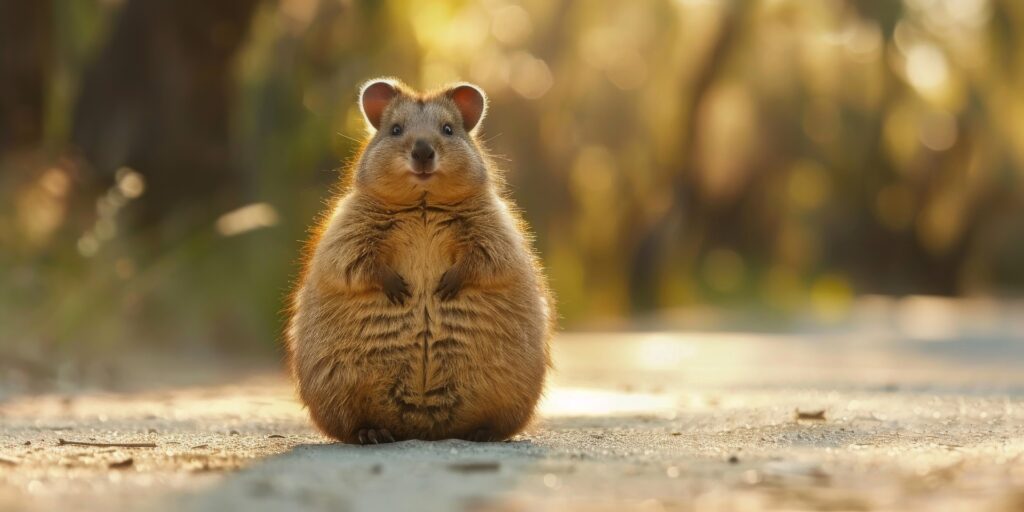
Quokkas are local to Australia, usually located on Rottnest Island and a few other small islands off the coast of Western Australia. These small wallabies thrive in scrublands and forested regions.
Behavior and Social Structure
Quokkas are nocturnal and by and large herbivorous, feeding on leaves, stems, and bark. They are well-known for their apparently glad appearance, regularly photographed with a smile on their faces.
Conservation Efforts
While quokkas aren’t currently endangered, they may be classified as inclined due to habitat loss and predation by using brought species. Conservation effort’s goal to shield their herbal habitats and ensure their populations stay stable.
Shima Enaga: The Fluffy White Bird


Unique Appearance
The Shima Enaga, or long-tailed tit, is a fowl species observed completely on Japan’s Hokkaido Island. These tiny birds are characterized with the aid of their fluffy white plumage, such as cotton balls, and lengthy tails.
Behavior and Diet
Shima Enagas are social birds, often visible in flocks. They feed on insects and spiders, playing an essential position in controlling pest populations. Their extraordinary look and social conduct cause them to a pleasure to birdwatchers and nature lovers.
Conservation Status
Currently, Shima Enagas is not considered endangered. However, maintaining their natural habitats is essential to preserving healthy populations.
Four-Toed Hedgehog: The Adorable Insectivore
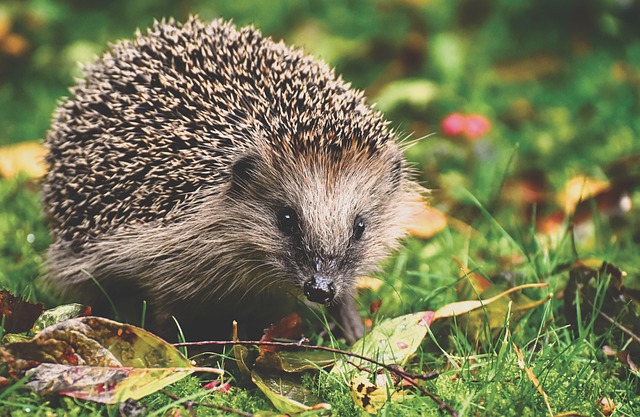
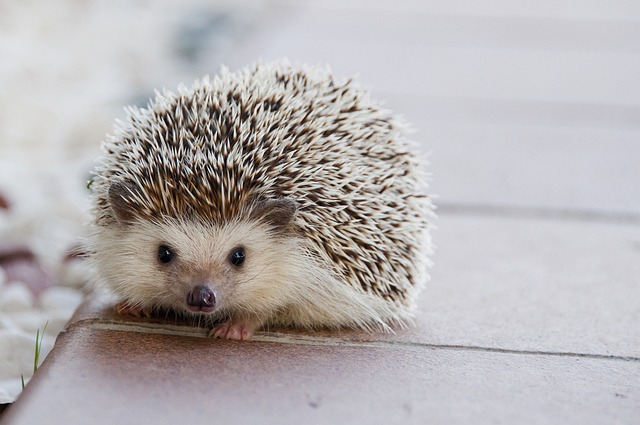
Habitat and Distribution
The 4-toed hedgehog, also referred to as the African pygmy hedgehog, is located in principal and Japanese Africa. These small, nocturnal mammals thrive in savannas and open woodlands.
Physical Characteristics
Four-toed hedgehogs are effortlessly recognizable by their brief, spiky coats and tiny feet. They are broadly speaking insectivores, feeding on bugs, worms, and other small invertebrates.
Pet Potential
Due to their potential length and relatively simple care necessities, four-toed hedgehogs are now and again saved as pets. Their endearing look and occasional-upkeep nature cause them to be famous amongst exceptional puppy fans.
Otter: The Playful Water Dweller
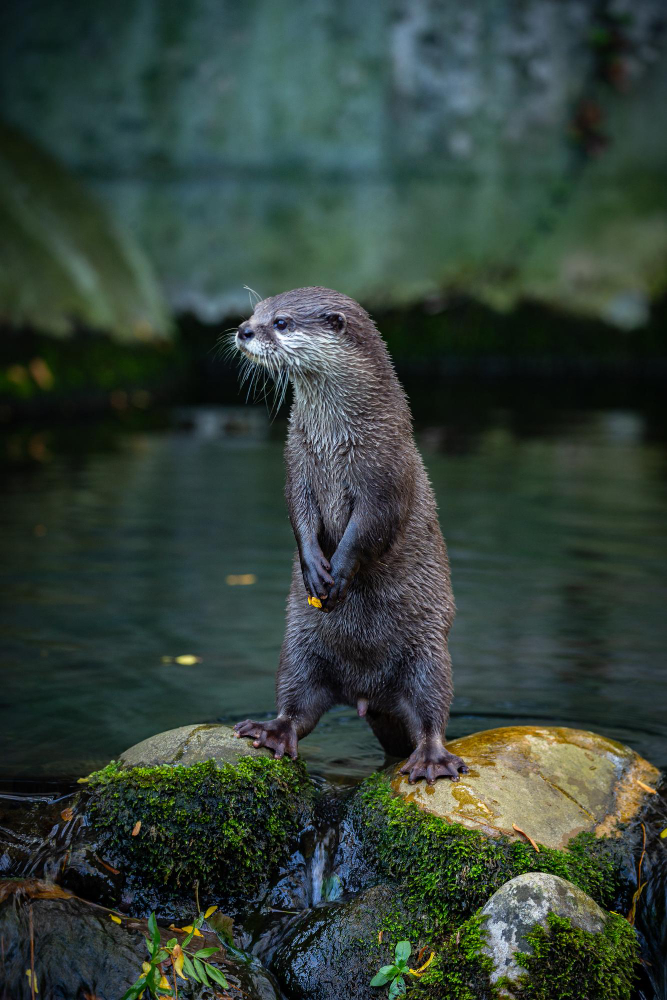
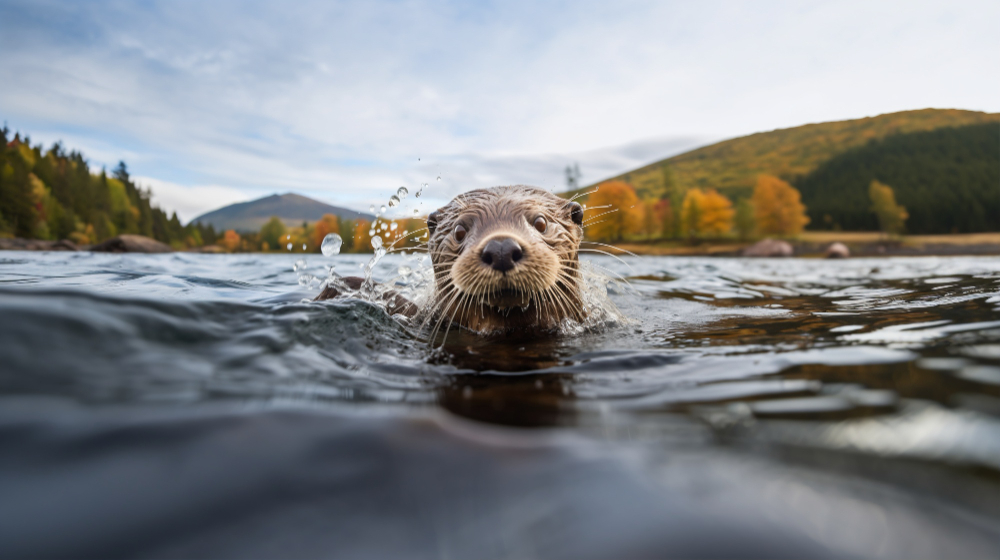
Habitat and Distribution
Otters are semi-aquatic mammals located in diverse elements of the world, which includes North America, Europe, and Asia. They inhabit rivers, lakes, and coastal regions, in which they could without difficulty find food and shelter.
Behavior and Social Structure
Otters are known for their playful conduct, frequently visible sliding down mudbanks or playing with gadgets. One in their most endearing behaviors is retaining palms while snoozing to live near and keep away from drifting aside.
Conservation Efforts
Many otter species are threatened by habitat loss and pollution. Conservation efforts awareness on keeping their aquatic habitats and lowering pollutants to ensure their survival.
Slow Loris: The Gentle Venomous Primate


Habitat and Distribution
Slow lorises are small primates determined in Southeast Asia, inhabiting tropical and subtropical forests. These nocturnal animals are recognized for their big, expressive eyes and slow, planned movements.
Unique Characteristics
Despite their adorable look, gradual lorises own a venomous bite, an extraordinary trait amongst mammals. They use this venom as a defense mechanism against predators.
Conservation Status
Slow lorises are classified as susceptible or endangered, depending on the species. Habitat destruction and unlawful natural world trade are huge threats to their survival. Conservation effort’s goal is to shield their habitats and slash illegal trade practices.
Harp Seal: The Arctic Beauty


Habitat and Distribution
Harp seals are native to the North Atlantic and Arctic Oceans. These marine mammals are known for their migratory styles, frequently traveling long distances between breeding and feeding grounds.
Harp characteristics
Harp seal domestic dogs are especially well-known for their pure white coats and big, black eyes, which they hold for the first few weeks of life. These characteristics cause them to be especially endearing and photogenic.
Conservation Concerns
Harp seals face threats from weather trade, which influences their sea ice habitats, and looking practices. Conservation efforts cognizant on shielding their habitats and regulating searching to make certain sustainable populations.
Capybara: The Gentle Giant Rodent
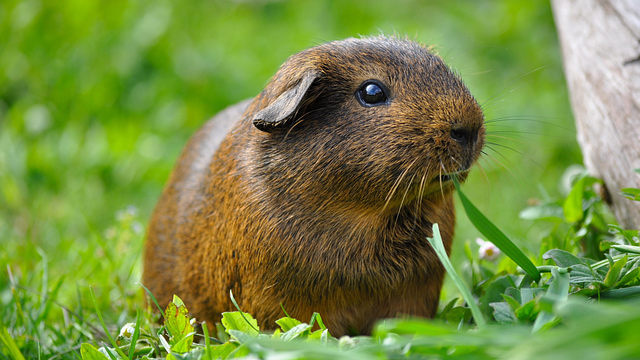

Habitat and Distribution
Capybaras are the sector’s biggest rodents, native to South America. They inhabit wetlands, rivers, and dense forests, in which they are able to find sufficient food and water.
Social Behavior
Capybaras are noticeably social animals, frequently visible in large agencies This all are the cutestanimals by Allwildanimals.com.
Q1: What makes an animal cute?
Humans often find cute features like large eyes, small noses, round faces, and soft, fluffy fur. These characteristics frequently match those of human infants, eliciting a loving response.
Why do we feel happy when we see cute animals?
Seeing cute animals causes our brains to release dopamine and oxytocin, which are associated with pleasure and connection. This is why cute animals may make us happy and relieve tension.
1 thought on “The World’s Most Adorable Animals 2024”